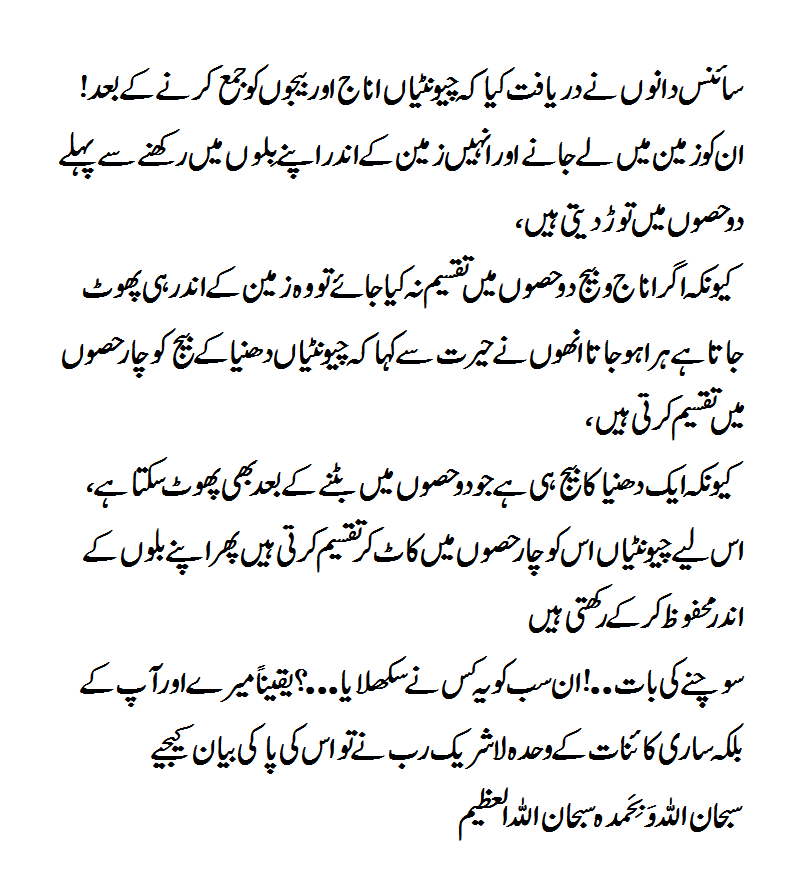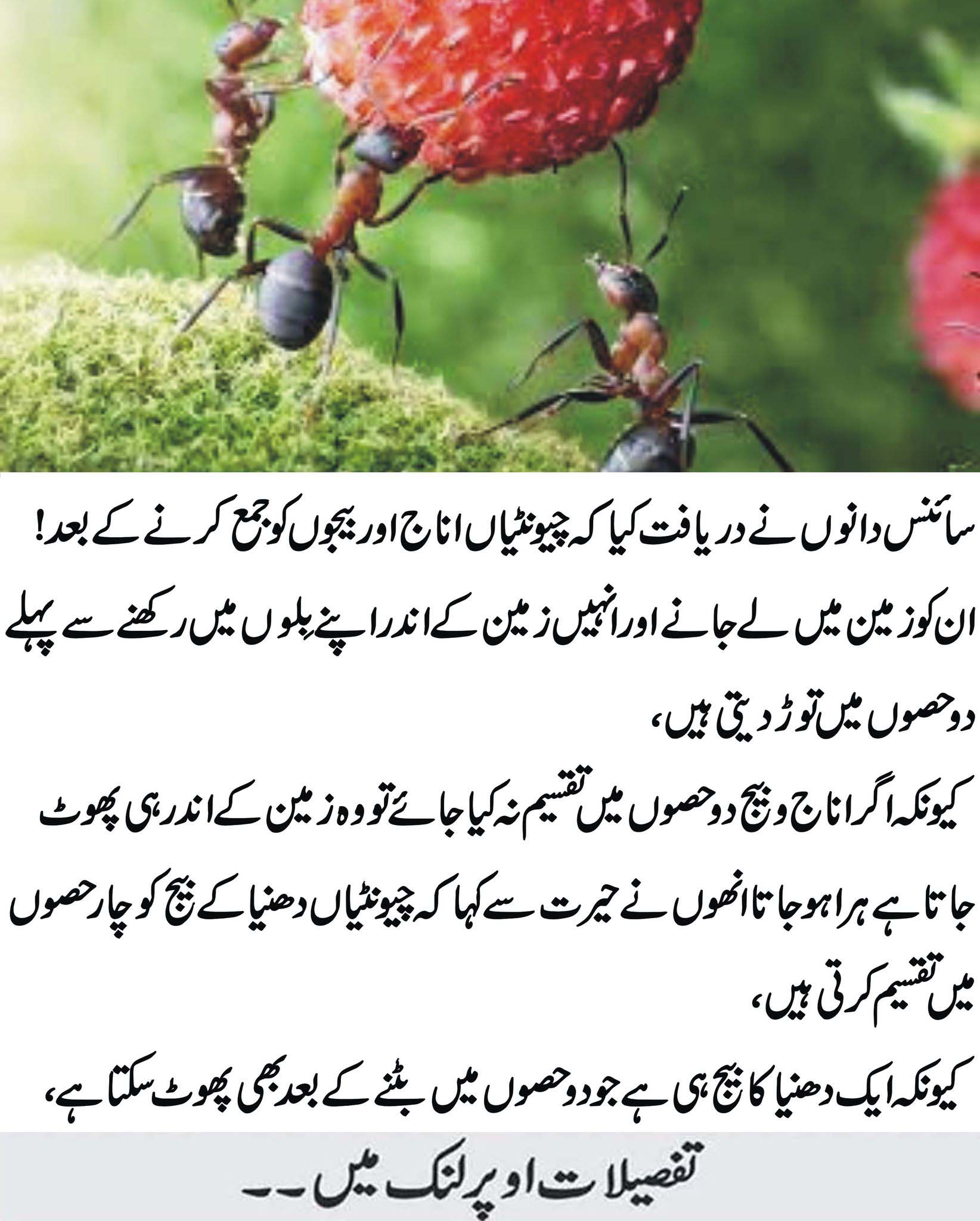They’ve cracked it. Small ants carry home large seeds to eat all the time, but no one knew exactly how they managed to break through the seeds’ tough exterior.
It turns out that Florida harvester ants, Pogonomyrmex badius, have developed a clever farming strategy to do so – they plant seeds, wait for them to germinate and then eat the soft spoils.
Some 18 genera of ants harvest seeds, and colonies of some species can store more than 300,000 seeds in their underground granaries.

So far, scientists thought that ants must be able to break the seeds open and just ate them as they were. “The reality is a lot more interesting,” says Walter R. Tschinkel at the Florida State University.
“There are many studies of seed choice by forager harvester ants, but none of the authors asked the question of whether the ants can open the seeds,” says Tschinkel. “This may be in part because most of these studies were done on western harvester ants whose deep nests are in hard soil, so the seed chambers are not easily excavated.
With his team, Tschinkel excavated and studied approximately 200 P. badius nests and found that the ants mostly open and consume small seeds, which are easier to crack. Foragers collect seeds of all sizes, so this leads to the accumulation of larger seeds, which end up forming 70 per cent of stored seeds by weight
